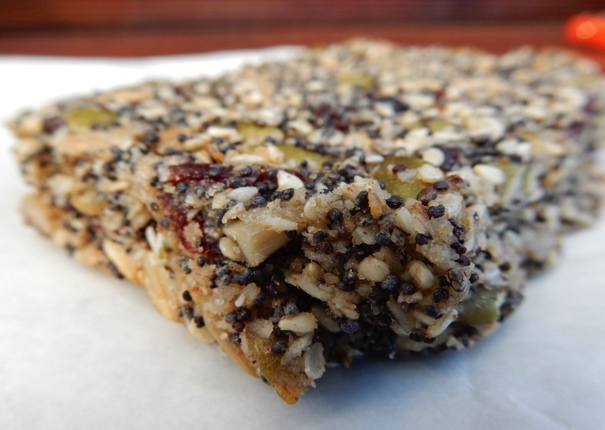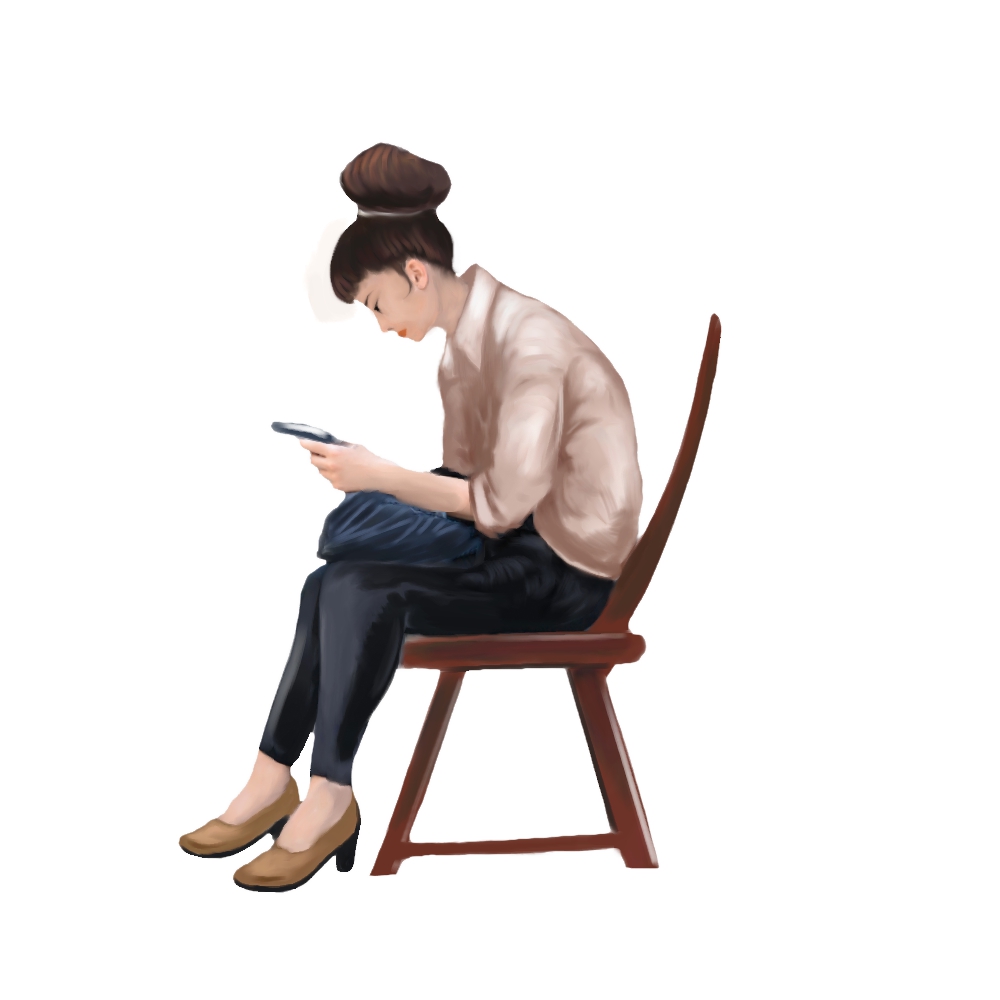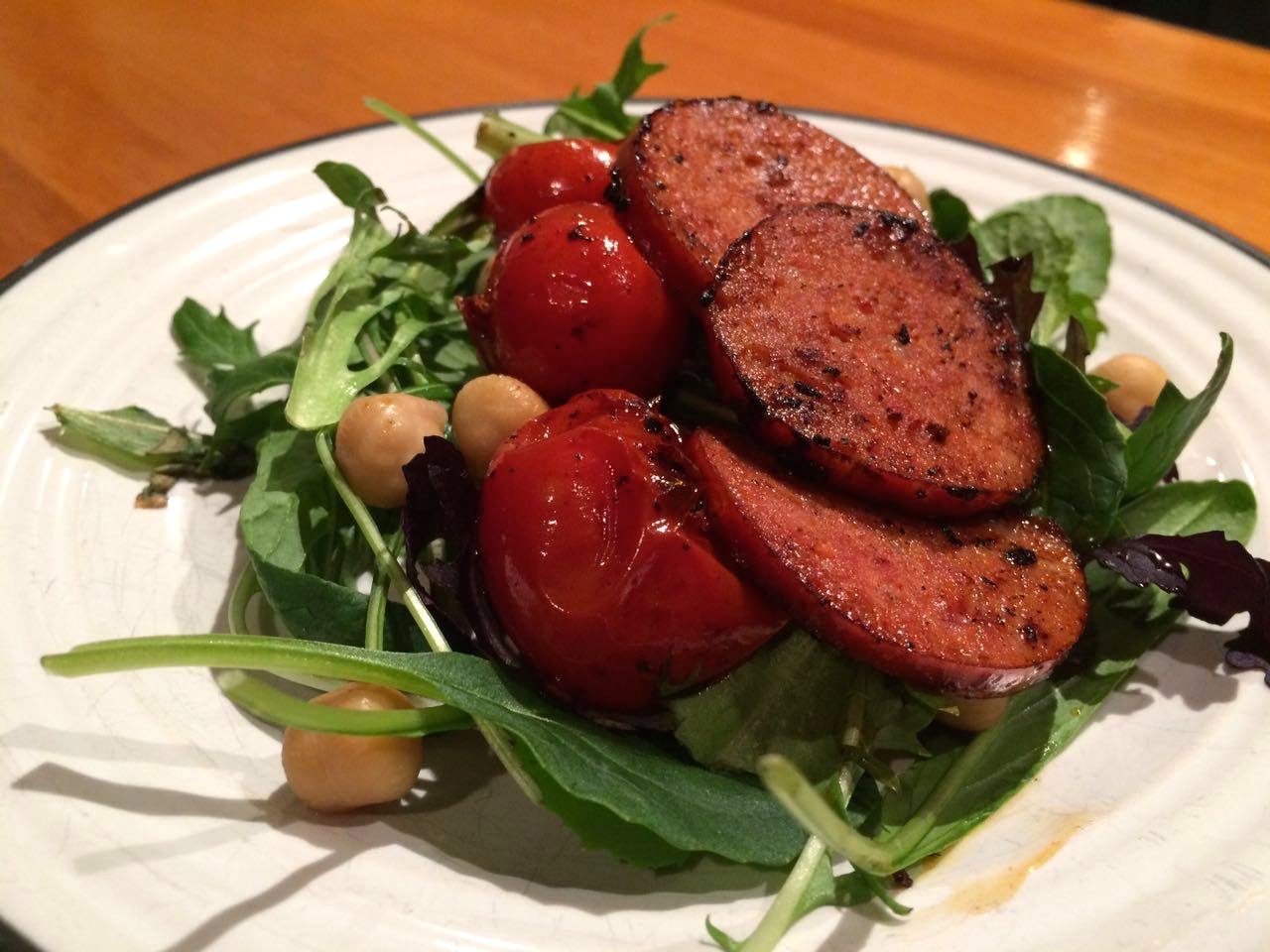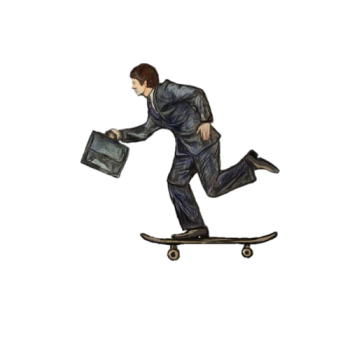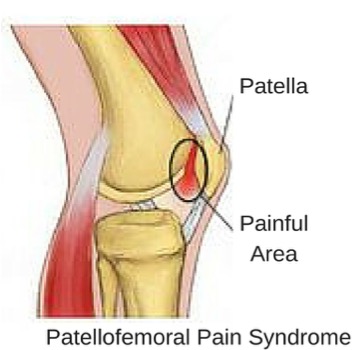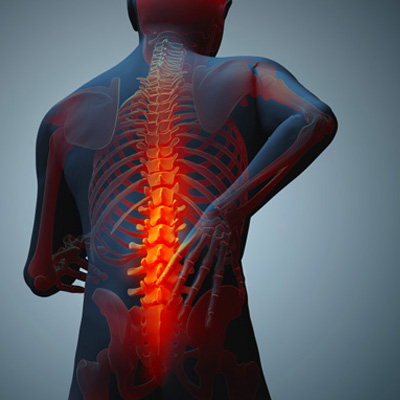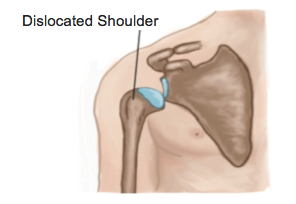
Running Tips For Beginners
If you’ve just taken up running, you probably think that getting started is simple – you just run as far as you can and then run further the next time. Like most things, the reality is a little more complicated. Here are some running tips to make the most of your running program and avoid injury.
-
Don’t overdo it.
Rest is actually a big part of a training program. Your body needs time to recover and rebuild muscle. Not giving yourself adequate time to rest leads to greater risk of injury and you won’t improve as quickly as you might think. Aim to run three times a week.
-
Don’t forget strength training.
Even if you’re trying to improve endurance, surprisingly, increasing strength can make a big difference. Particularly if you focus on specific muscles that may be weaker on one side of the body. This is also an important part of injury prevention. Your physiotherapists can help you to identify any weak muscles and develop a strengthening program.
-
Your shoes and running surface matter.
Running on hard or uneven surfaces leads to a greater risk of injury than running on grass, which allows for a more natural distribution of forces through your foot. Having shoes that fit your foot properly and also provide necessary support is an essential part of your injury prevention plan.
-
Listen to your body.
As you improve and push your abilities forward there will be many aches and pains. Most will only last for a day or two and DOMS (delayed onset muscle soreness) is a normal if not annoying part of getting stronger. However, if pain feels more serious, lasts for more than 48 hours or is preventing you from running speak to a professional as soon as possible. Running injuries do happen and can take a while to resolve. Early treatment is the best option for good outcomes.
Speak to your physiotherapist for more practical tips on how to improve your running and prevent injuries.
Please click the download button below to print out a free copy of our newsletter.


